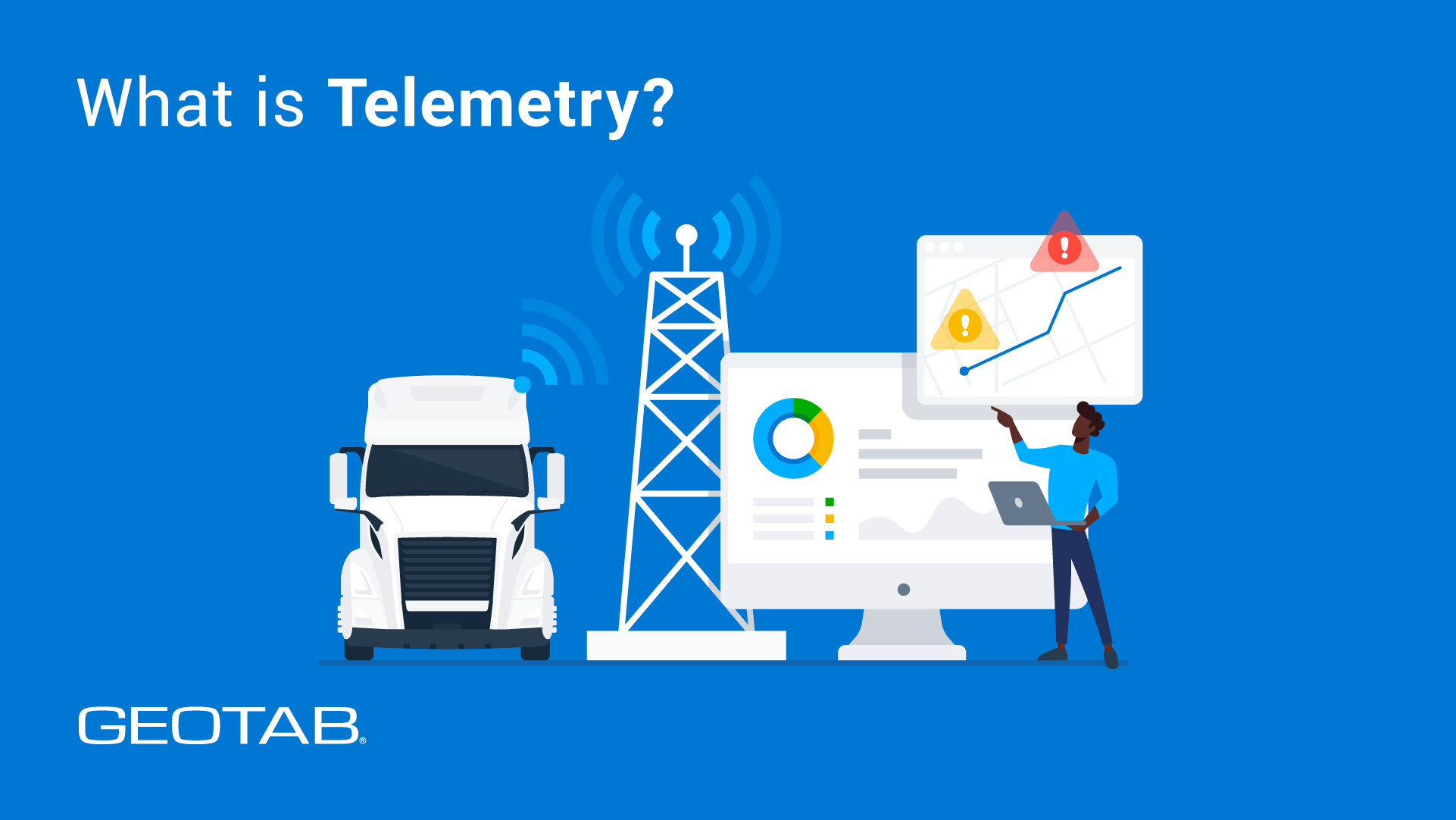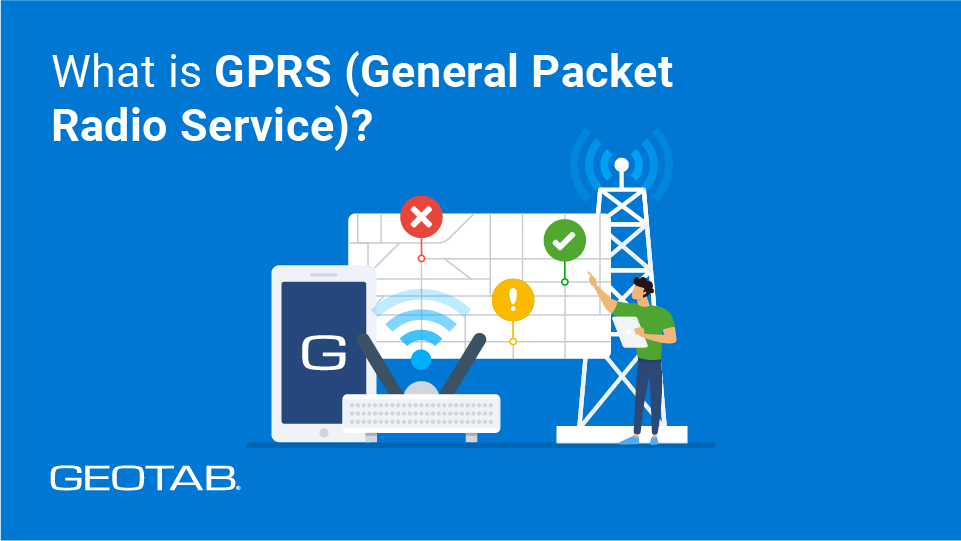What is a telematics control unit (TCU)?
October 29, 2024
•4 minute read

Definition
- A Telematics Control Unit (TCU) is a small computer in your vehicle that can report on almost any detail of your vehicle’s condition, location, or usage.
What is a TCU?
A Telematics Control Unit (TCU) is a small computer in your vehicle that can report on almost any detail of your vehicle’s condition, location, or usage. By monitoring data around the status of your vehicles, a TCU can analyze a wide variety of details, including fuel usage, tire pressure, idling time, engine codes, and more. TCUs also have GPS location capabilities to show you where each vehicle is located, and some TCUs have geofencing features to alert you if a vehicle enters or leaves a designated location. You can also use a TCU to analyze driver behavior and detect unsafe practices like harsh braking, sudden turns, and excessive speeding. In short, TCUs are your eyes and ears to watch over each vehicle in your fleet at scale.
In this glossary entry, you will learn how TCUs work, and their key role in telematics. We will then go over the key components of a TCU and common applications of a TCU for your fleet. At the end of the post, you will find out the main benefits of using a TCU and how they are critical to the future of fleet management.
Key components of a TCU
TCUs have many components to help them process, analyze, and communicate a vast amount of data from a fleet vehicle. These components include:
Antennas: Antennas enable a TCU to transmit and receive data about the vehicle’s location, usage, and condition. Types of antennas found in a TCU include GPS, cellular, bluetooth, and wifi.
Microcontroller: The microcontroller or processor is like the brain of the TCU. Its purpose is to run the software that manages the TCU’s data processing and reporting tasks.
Cellular modem: The TCU’s cellular modem works with an antenna to transmit and receive data over cellular networks such as LTE or 5G.
GNSS receiver: The GNSS receiver enables a TCU to send a vehicle’s location data to a global navigation satellite system such as a GPS.
Sensors: Sensors are connected hardware all over a vehicle that measure condition data, such as seatbelt usage, fuel consumption, tire pressure, and battery health. By measuring these conditions, sensors enable a TCU to monitor a vehicle’s health in real time.
Power management unit: The power management unit regulates a TCU’s electricity supply, ensuring the TCU functions properly over time.
Security module: The TCU’s security module prevents unauthorized access to a vehicle’s private data both when the data is being transmitted and when it is stored inside the unit.
How does a TCU work?
A TCU works by collecting data continuously from a series of sensors all over the vehicle, processing and analyzing this data, then communicating the data to external servers. These external servers share the TCU’s vehicle analysis with fleet managers, who can remotely control TCUs across their fleet. Here’s how all of a TCU’s components work together to make all this possible:
Data collection and processing: The TCU collects data like vehicle speed and engine performance from a variety of sensors throughout the vehicle's systems and sends this data to the microprocessor. Next, the microcontroller processes the gathered data, using its software to run computations and diagnostics. Processed data is then stored in the TCU's memory and sent to external servers.
Communication to external servers: Using its cellular modem, GNSS receiver, and antennas, the TCU sends the processed data to external servers. These servers enable fleet managers to view this analysis on connected devices like tablets or smartphones, helping them manage their vehicle fleet.
Remote control and updates: Fleet managers can also send data to TCUs via remote control. This enables each TCU to receive updates and commands to guide its operations or share information with a vehicle’s driver.
Common applications of a telematics control unit
TCUs have a wide variety of applications to help fleet managers oversee thousands of different vehicles at scale. The most common applications are fleet management, automotive diagnostics, and maintaining safety and security.
Fleet management: TCUs equip fleet managers with real-time tracking, route optimization, and maintenance alerts for every vehicle in their fleet. This makes it much easier to visualize where each asset is located, what condition it’s in, and how best to navigate it to the right destination.
Automotive diagnostics: TCUs monitor fleet vehicles and perform remote diagnostics at scale, alerting fleet managers to when each asset needs maintenance or repair. The data analysis from TCUs also enable predictive maintenance based on vehicle condition, helping managers reduce downtime and repair costs.
Fleet safety and security: TCUs can increase safety by monitoring driver behavior around risky practices like speeding or harsh braking, as well as alerting drivers around seatbelt usage and other best practices. If a vehicle is stolen, TCUs can alert fleet managers when the vehicle leaves a designated area as well as aiding law enforcement in locating and recovering the stolen asset.
Main benefits of using a telematics control unit
TCUs are a valuable tool for modern fleet management because they enable data-driven decision making across thousands of vehicles. This leads to benefits like improved operational efficiency, increased safety, and greater cost savings.
Improved efficiency: The data analysis of TCUs enables fleet managers to better plan routes based on factors like weather and road closures. TCUs also track vehicles in real time to optimize routes around traffic conditions and other slowdowns.
This reduces fuel consumption and wear and tear on fleet vehicles, helping them last longer and work more efficiently.
Enhanced safety: A TCU can speed emergency responses by automatically notifying emergency services if an accident occurs, using the GPS to provide the vehicle’s real-time location and sharing data around vehicle speed and other conditions. TCUs can also help ensure regulatory compliance by recording logs and reports on how each vehicle is driven.
Cost savings: TCUs monitor each fleet vehicle continuously, enabling predictive maintenance that alerts fleet managers to potential problems before they turn into risky and costly breakdowns. TCUs can also help prevent excessive vehicle idling by alerting managers when trucks or other heavy equipment have been left to idle too long by drivers. Data from TCUs can also help lower insurance costs for both drivers and fleet vehicles by proving safe behavior.
Why TCUs are important to fleet management
Whether your vehicle fleet is a dozen vans, hundreds of trucks, or thousands of vehicles of all sizes and purposes, each asset matters. But as the size of your fleet increases, it can be challenging to manage the maintenance, locations, and drivers of each vehicle. To address this complexity, telematics is a data-driven approach to monitoring your cars, trucks, and other assets using embedded hardware called telematic control units, or TCUs. By capturing and analyzing real time data from thousands of fleet vehicles, telematics enables more effective fleet management and simplified operational control.
The future of TCUs
Today, telematics control units (TCUs) are the eyes and ears of the modern fleet manager. By collecting and analyzing telematics data at scale, TCUs enable fleet managers to oversee and communicate across their operations to improve efficiency, enhance safety, and reduce costs. And as the data analysis of TCUs continues to advance, TCUs can help empower sophisticated AI systems to better predict transportation trends, develop stronger best practices, and enable automated driving systems. The result will make future fleet operations safer and smarter.
Table of Contents
Other Stories

What is telemetry? How it works and why fleets need it
December 24, 2025
4 minute read

What is a CAN Bus? How it impacts fleet management
December 1, 2025
6 minute read

August 5, 2025
5 minute read